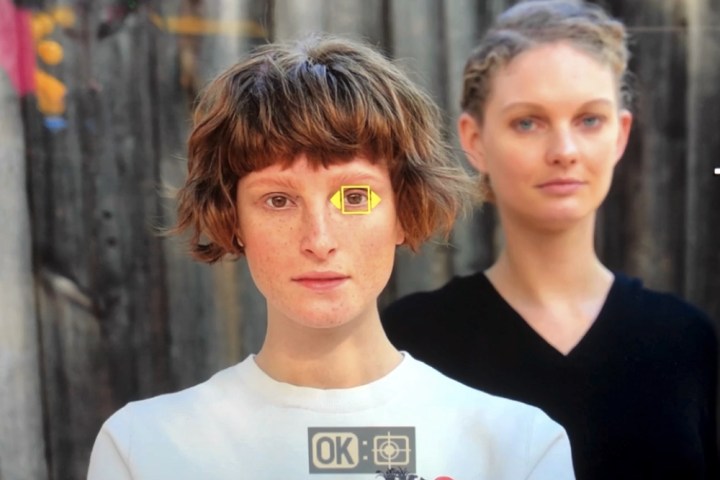
Nikon’s Z series full-frame mirrorless cameras proved strong right out of the gate when they launched last year, but one notable feature missing was eye-detection autofocus. On Thursday, May 16, Nikon brought the feature to both the Z 6 and Z 7 via firmware version 2.0, a previously teased update that also expands low-light autofocus capabilities and eliminates one of the restrictions to the cameras’ fastest burst modes.
The new eye autofocus capability will recognize eyes and faces inside the auto area autofocus mode. Once the camera recognizes a subject’s eyes, the autofocus joystick can be used to switch which eye is used as the main focal point. The mode is available for both single and continuous autofocus modes.
We had the chance to preview the new firmware on the Nikon Z 6 and found eye autofocus to work well for portraits, even remaining locked on to the subject when the eyes were closed. In continuous autofocus, eye detection wasn’t quick enough to keep up with more active subjects, giving us a lower hit rate.
If the eyes are too small within the frame, eye AF switches to face AF and will simply lock onto the entire face. Surprisingly, the camera stayed locked on a face even after being obscured by hair. If the faces aren’t large enough to take up an entire focal point, such as with very distant subjects, the autofocus functions just as the auto area AF did previously, without recognizing faces or eyes and simply looking for the closest object to the camera.
Along with eye AF, firmware 2.0 increases autofocus sensitivity in low light. The Z 7 can now focus down to -2 EV, an improvement of 1 stop, and the Z6 down to -3.5 EV, an improvement of 1.5 stops. The Z 6 can now focus down to an impressive -6 EV in Low Light AF mode, which increases sensitivity at the cost of focusing speed.
In tests, the Z 6 with the updated firmware could lock onto more subjects in a dark room than the Z 6 with older firmware. Autofocus speed in those conditions, however, was about the same. While the improvement is nice to see, Nikon’s DSLRs still have the edge when it comes to focusing in limited lighting.
Firmware 2.0 also allows for autoexposure adjustments between frames when shooting at the highest burst rates of 12 fps on the Z 6 and 9 fps on the Z 7. Live view remains disabled at these higher speeds, but this still makes the Z series cameras more capable for sports and action photography than they were previously.
The new firmware smooths out some of the rough edges that came with Nikon’s new mirrorless system, while eye AF, in particularly, helps bring the Z 6 and Z 7 closer to the competition from Sony. Nikon is planning to introduce additional features via future firmware updates, like RAW video, a first for a hybrid mirrorless camera.
Firmware version 2.0 is available now for the Z 6 and Z 7 directly from Nikon.





